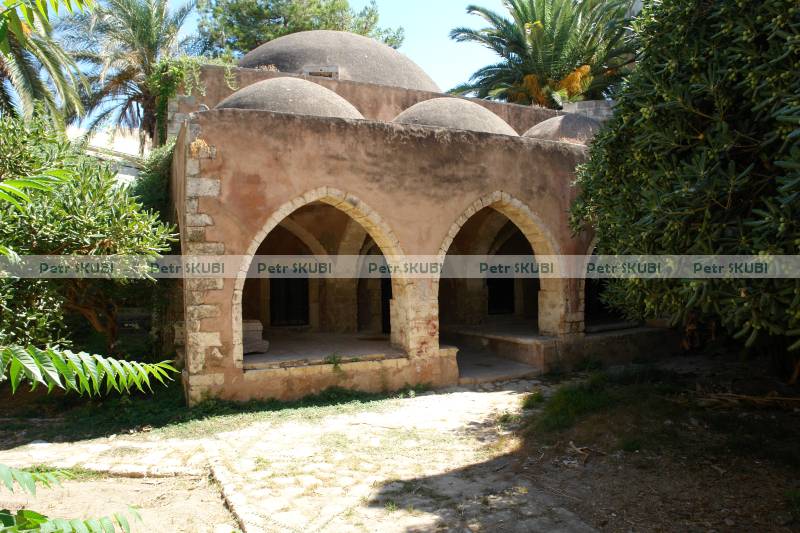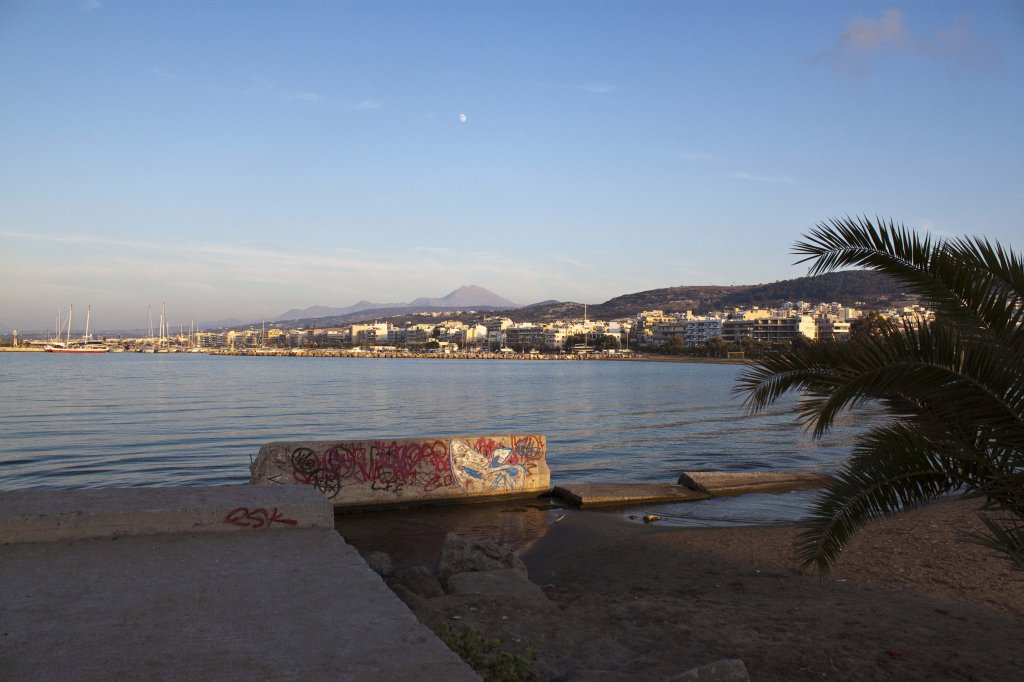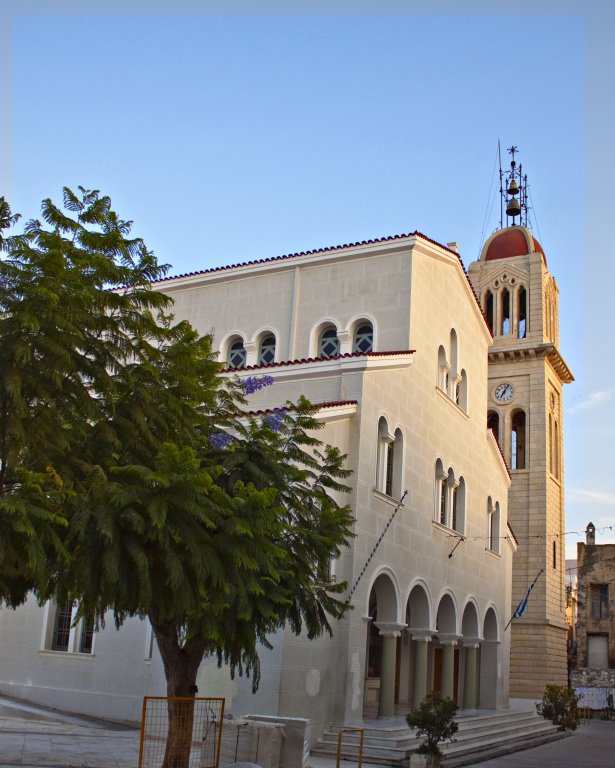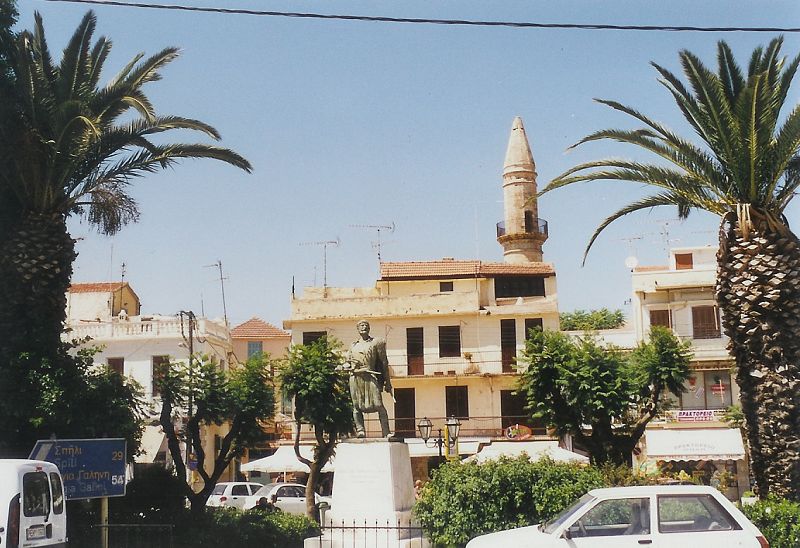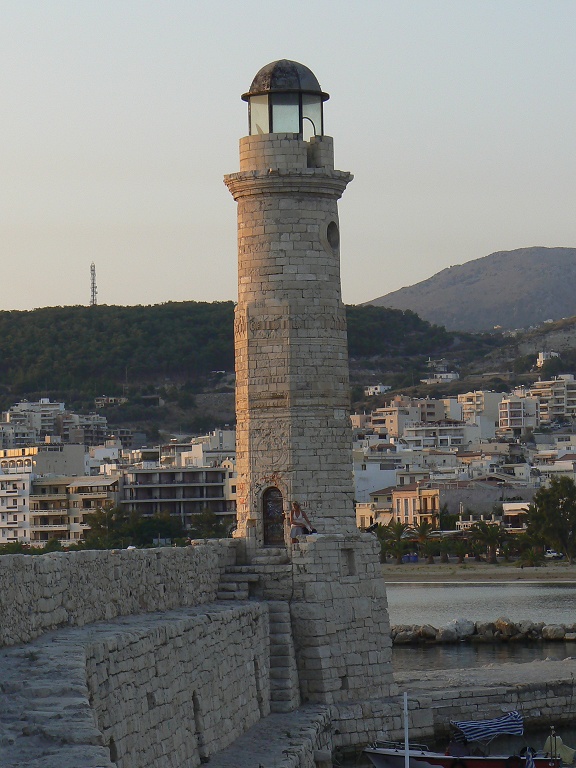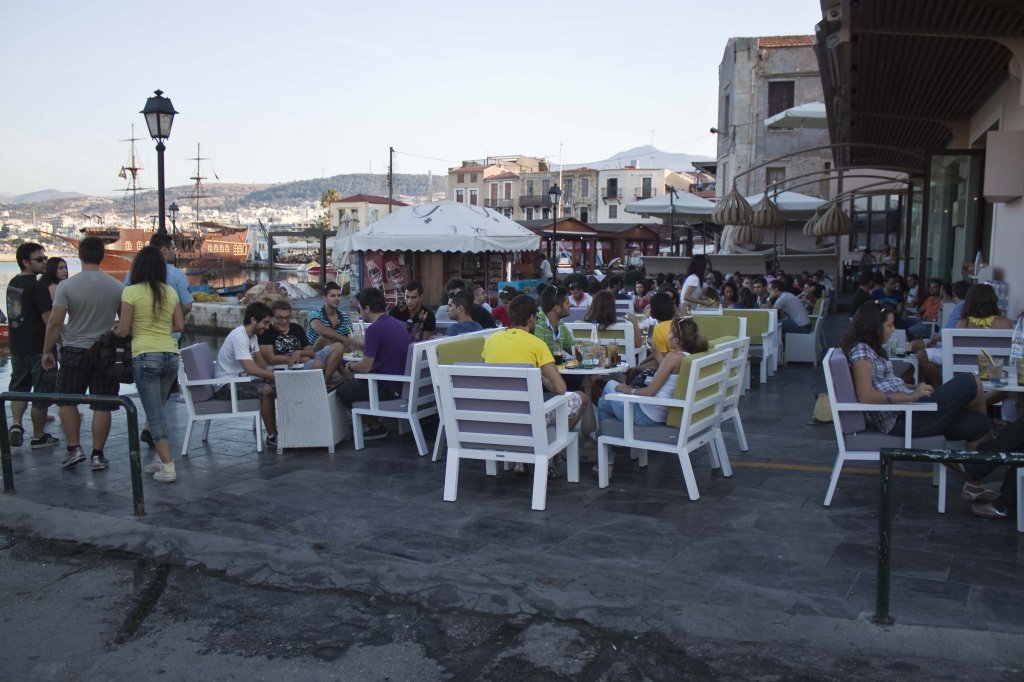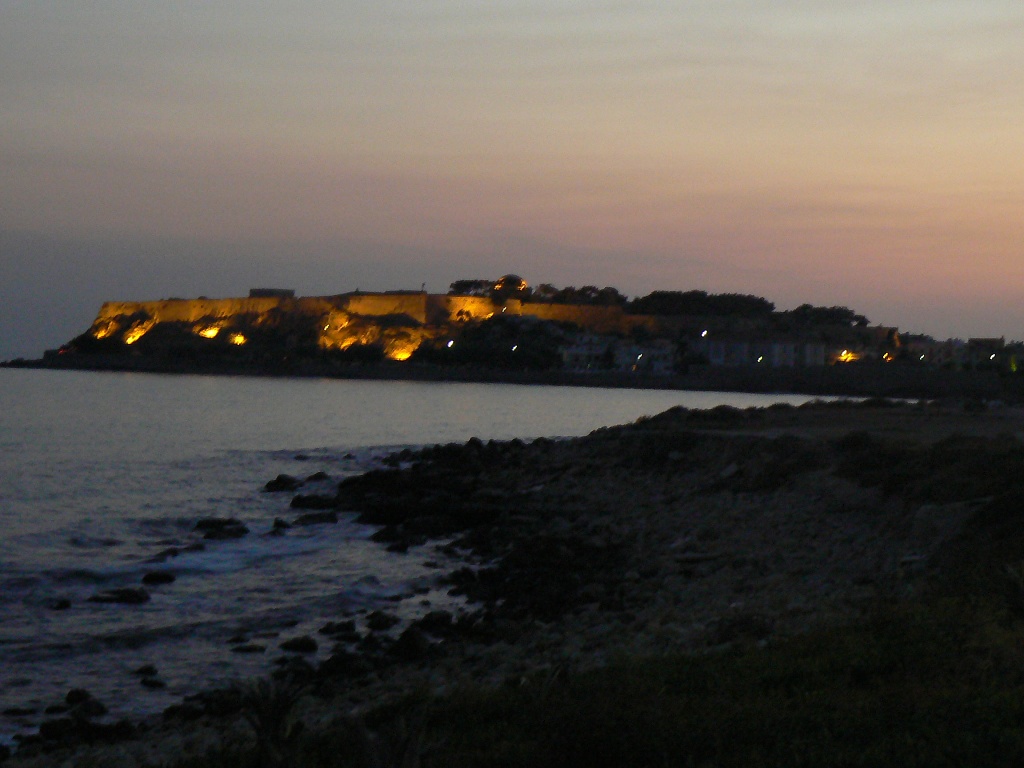Rethymno
The town of Rethymno
Rethymno is located on the north coast approximately in the middle of the island under the slopes of the Ida mountains. It is a splendid town, probably the only one that can compete with Chania with its charm. Like in Chania, in Rethymno the architecture also displays the long years of Venetian and Turkish dominion.
What to do in Rethymno
The Rethymno town centre with its charming crooked streets, mosques, and the wooden oriels of old Turkish houses, the massive Venetian fortreress, Fortezza, built between the port and the lighthouse, and many other historical buildings - all will simply enthrall you. The Arimondi fountain from 1629 in the centre of the old town, of which the lion heads spout water into a fountain decorated by Corinthian capitals was built as a competing edifice to the Morosini Fountain in Heraklion. Opposite the entrance to the fortress, in the former Venetian prison, you will find an archaeological museum. The town is also the seat of the Faculty of Social Sciences of the University of Crete. In the narrow romantic streets of Rethymno, you will find an endless number of small cafés, restaurants and tavernas. You can take a rest from a walk through the hot town in the town park.
History of Rethymno
The history of the town of Rethymno dates back to the Minoan era. Today´s name of the town comes from the Dorians; the town is located in the place of the ancient Minoan town of Rethymnon. The oldest archaeological sites bring us a proof of a settlement in the Late Neolithic (between 3 500 and 2 800 AD). Rethymno is the 3rd largest town on Crete and the capital of the district bearing the same name.
Rethymno location
Rethymno is located on the north coast of Crete, approx. 80 km west of the capital of Heraklion. The nome of Rethymno - the Rethymno region is renowned for its inhabitants who went down in history for their struggle for freedom and independence. The local landcape is mainly hilly, its eastern part being covered by the Ida mountains with the highest peak of the island, Psiloritis (2456 m a.s.l.). In the north, the fertile plain slopes down to the coast of the Sea of Crete and the coast is lined by beaches with hotel complexes. The south coast of the Rethymno region is more difficult to access, yet it hides beautiful bays and small resorts. Travelling to the south coast through the Kourtaliotiko Gorge or the Kotsifou Gorge is an amazing experience. In the Rethymno region, agrotourism is quite widespread as well, with local family farms offering accommodation.
Rethymno: links for more information
For the official website of the town, see Rethymno
For more information, you can also see the following website: Rethymno.
Where else to go on Crete?
Some of the most visited resorts on Crete are: Adelianos Kampos, Agia Fotia, Agia Galini, Agia Marina, Agia Pelagia, Agios Nikolaos, Achlia, Amoudara (West of Heraklion), Analipsi, Anissaras, Bali, Damnoni, Erimoupoli, Ferma, Fodele, Galini, Georgioupolis, Gouves (Kato Gouves), Heraklion, Hersonissos, Chania, Ierapetra, Kavros, Elounda, Kalamaki, Kissamos, Kokkini Hani, Kolymbari, Lygaria, Makrigialos, Maleme, Malia, Matala, Mirtos, Missiria, Paleochora, Panormos, Perivolia, Pigianos Kambos, Plakias, Platanias (Chania), Rapaniana, Rethymno, Sissi, Skaleta, Stalida - Stalis, Stalos, Stavromenos and Stavros,
Area: |
Crete |
Type of resort: |
Rušné |
Activities at the resort: |
